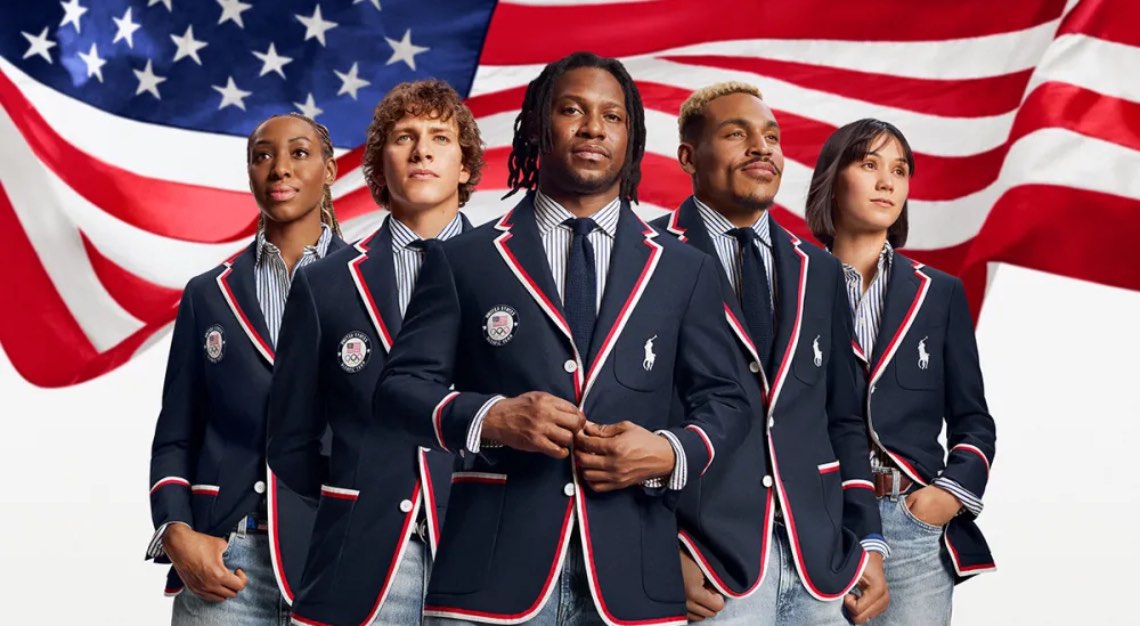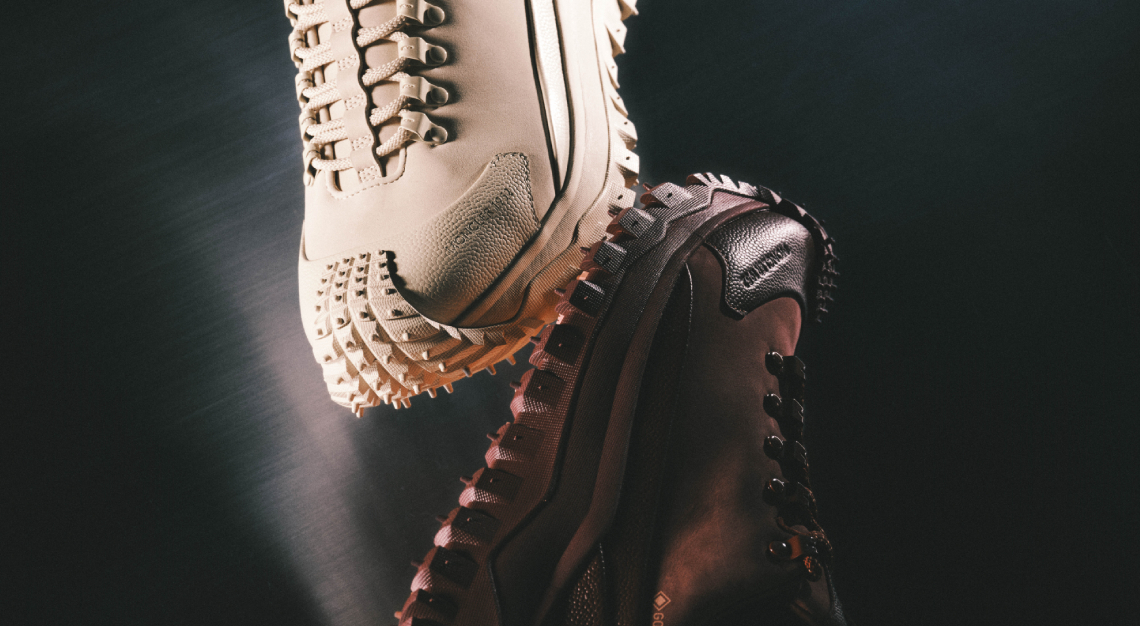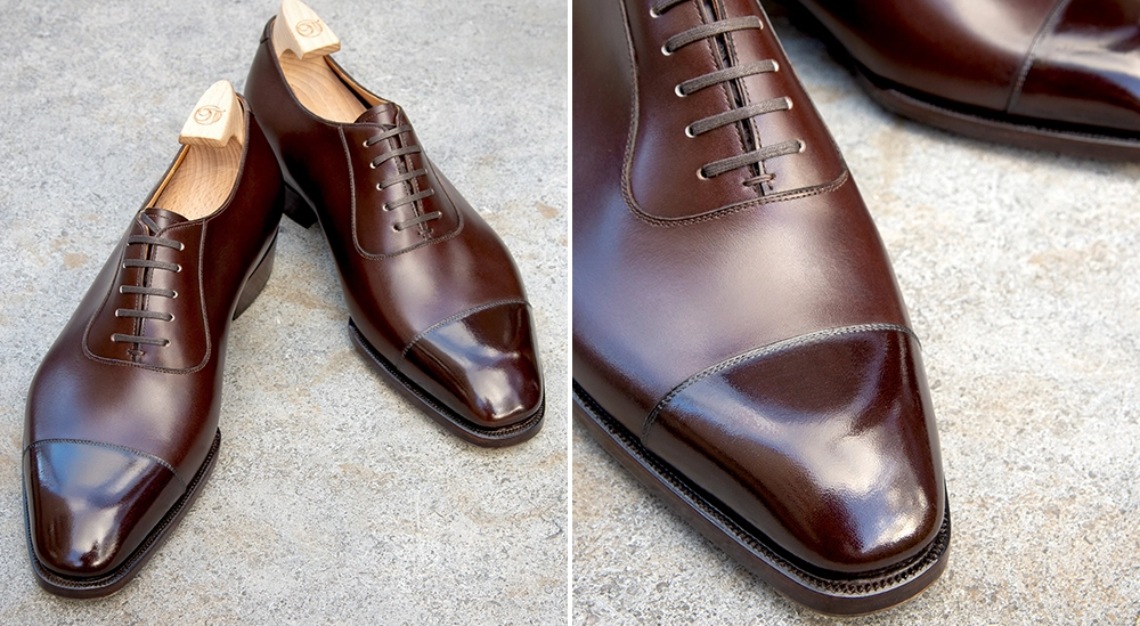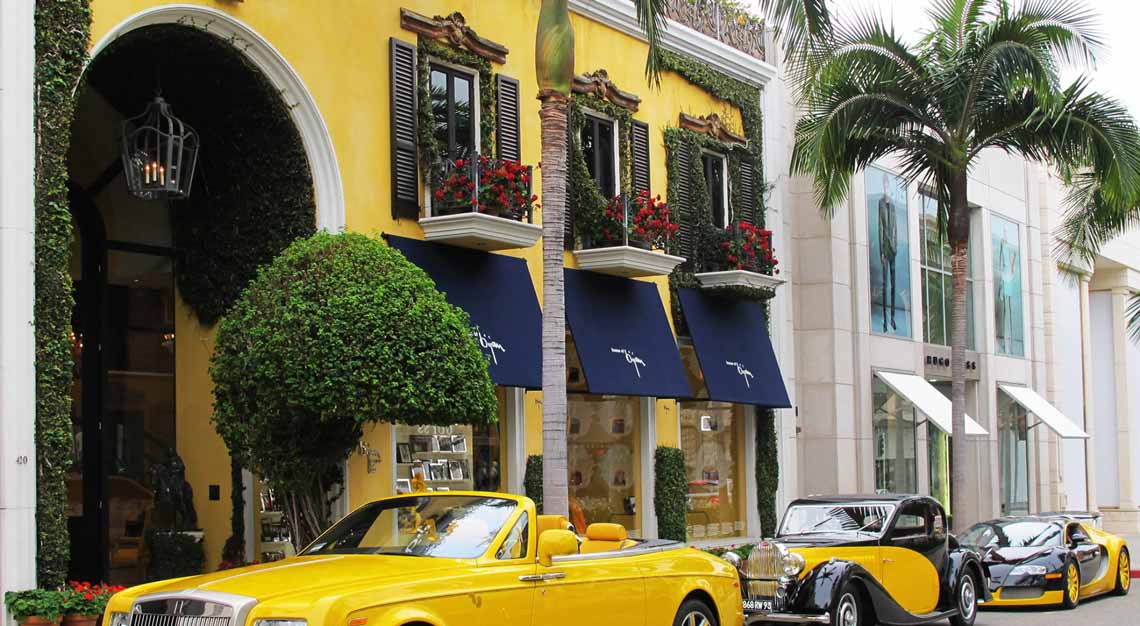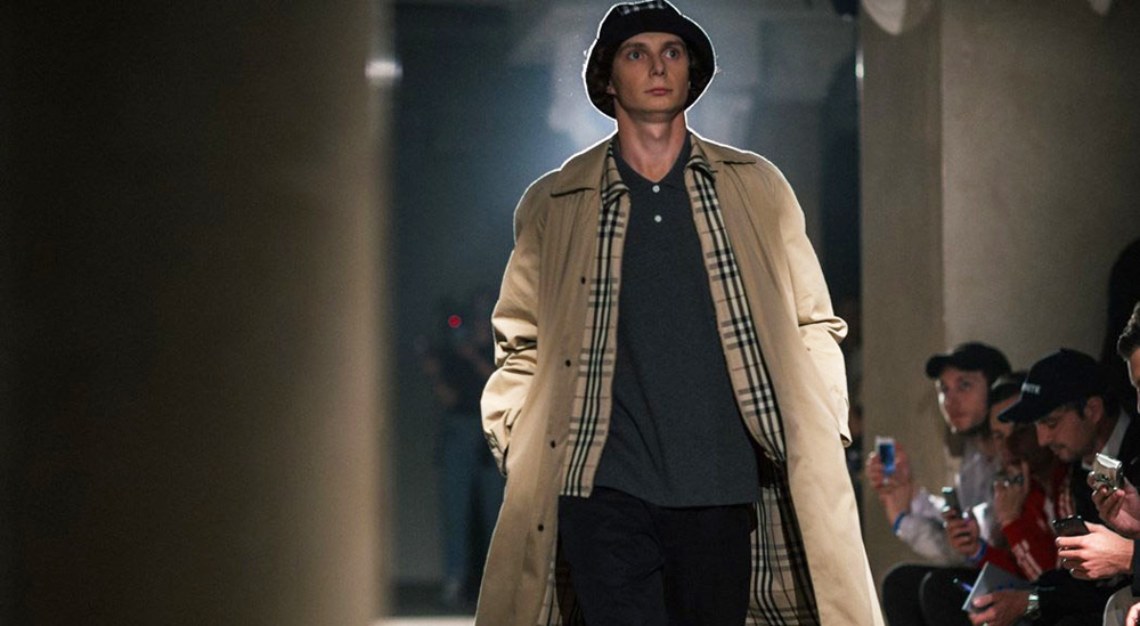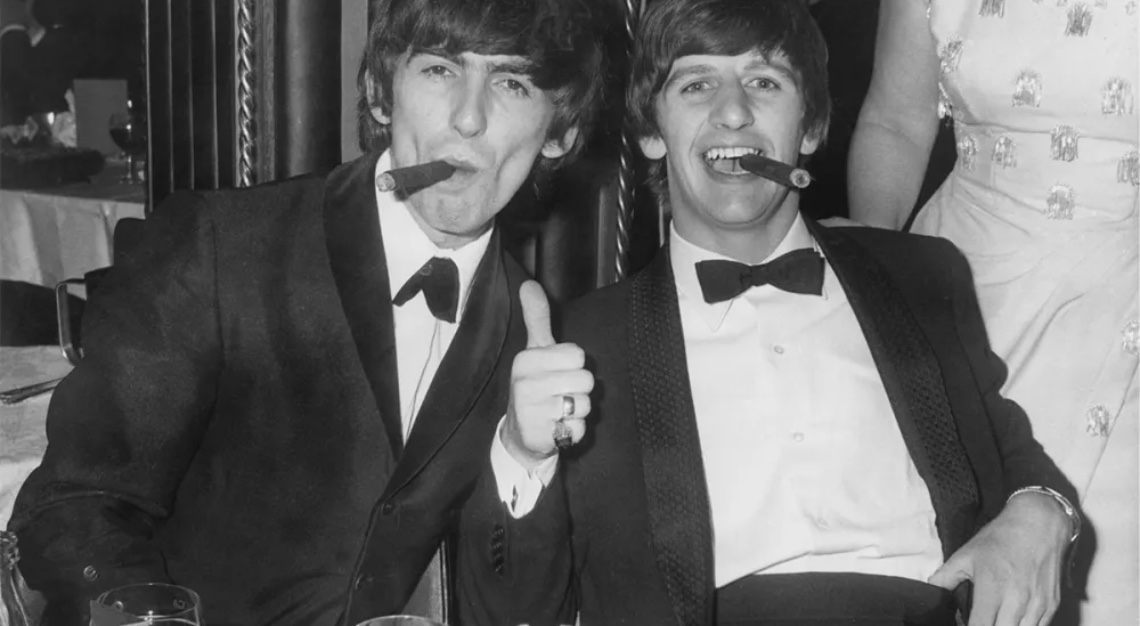As the torch heads to Paris, we take a look at how designers past and present have elevated the games
The Olympics have yet to officially begin, but the internet has been buzzing about the 2024 Summer Games in Paris for weeks. And what, in the absence of thrown javelins or gravity-defying gymnastic maneuvers, has that conversation been about? The uniforms, of course. This is France.
There’s been the semi-scandalous news that Lacoste—a firm founded by and named after the iconic French tennis player and Olympian—had been dropped by its home country in favor of new kit from Le Coq Sportif, which was created in collaboration with designer Stéphane Ashpool of the tres chic streetwear brand Pigalle. In a patriotic twist, Ashpool went to great lengths to ensure that every stitch would be done in France (Lacoste, for its part, is selling a retro “Heritage Paris 1924 Collection” inspired by last century’s Paris games).
View this post on Instagram
Lacoste’s ode to the Olympics
But even as the team Mongolia uniforms developed by the Ulaanbaatar-based designer Michel & Amazonka have risen to viral fame, four letters continue to dominate the Paris Games: LVMH. From the purpose-built Louis Vuitton trunk that escorted the Olympic Torch to Paris and the Chaumet-designed medals made from bits of the Eiffel Tower, to the royal blue Berluti smoking jackets that will adorn team France for this Friday’s opening ceremony, the $164 million reportedly paid by the luxury giant to sponsor the games appears to be paying sizable dividends.
Matilde Carli, a New York-based communications strategist specializing in luxury and celebrity clientele, sees the games as being increasingly co-opted by glam. “The engagement we have right now between the luxury brands and the sport industry is getting stronger every day,” she tells Robb Report.
View this post on Instagram
Berluti brings its bespoke touch to the Team France.
Though she expresses uneasiness with the present union of elite athletics and high fashion— “The moment any athlete gets distracted by doing something that is not focused on their real job, it’s going to create a problem”—Carli recognizes that Olympic partnerships are an effective way to raise a luxury brand’s global profile.“I don’t believe celebrities have to convert and generate sales, but I believe this kind of celebrity, or this kind of athlete, can create a stronger brand awareness.”
While the Paris Olympics seem to represent a new apogee in the relationship between commerce and sport, the games have been liaising with luxury for decades. The wearing of national uniforms for the opening ceremony—a convention that originated with Paris’s 1924 Summer Olympics—was fully commodified in 1976, when Halston was tapped to outfit team USA’s garb for that year’s Innsbruck Winter Games and Montreal Summer Games. The wares designed for the athletes, which saw Olympians such as then-Bruce Jenner and Dorothy Hamill donning flared trousers and a full-on leisure suits, which soon made their way to major department stores for purchase by the general public.
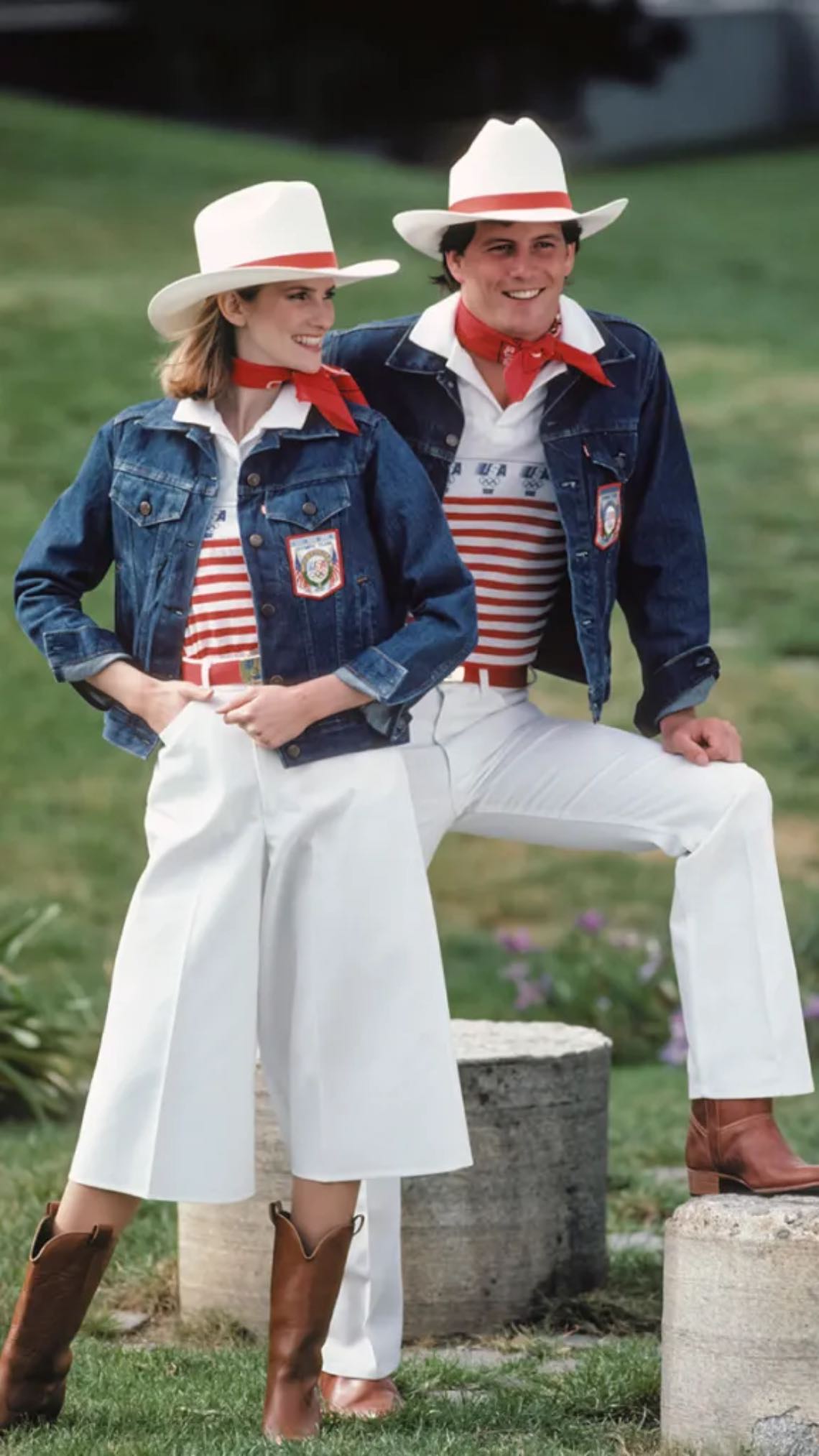
Halston’s act was followed by the dressing of the 1984 American Olympic delegation by Levi Strauss, creating an opening between sport and style that could be exploited by brands and designers worldwide. By the 2012 London Games, Armani had been named the official outfitter or Team Italy, while the host nation’s athletes were dressed by Stella McCartney in collaboration with Adidas. And in 2016, Christian Louboutin helped Team Cuba turn heads by supplying its athletes with guayabera-style tailored jackets and sneakers bearing the designer’s signature red soles.
While designers have come and gone—Team GB is now dressed by Ben Sherman—others have become inextricably linked to the athletes they outfit, nearly as much as the team’s national identity itself. The preeminent example may be Ralph Lauren, who despite earning the status of official outfitter to Team USA in only 2008, now seems an integral part of the Olympic experience.
View this post on Instagram
Ralph Lauren’s Olympic reach extends far beyond the actual game.
“If you think about it, who else could you even possibly consider to make the American Olympic uniforms?” says designer and Ralph Lauren: In His Own Fashion author Alan Flusser. “I guess you could go to Nike, or perhaps one of the other sporting brands. But frankly, their design wouldn’t even be in the same world.”
In Flusser’s view, the ease with which Ralph Lauren dresses American athletes for the opening and closing ceremonies—and promptly sells the preppy, star-spangled sportswear to the public at large via its Team USA collections—is owed to both the designer’s proclivity for sport, and the label’s long history of drawing inspiration from fashions created for skiing, shooting, sailing and other sporting pursuits.
“From the very get-go, sports have been a part of his overall design ethic,” Flusser tells Robb Report. “It’s hard to now separate what an Olympic person looks like from a Ralph Lauren design.”
View this post on Instagram
LVMH is going for gold.
Now that’s the sort of Olympic gold that Berluti—and any other luxury brand that finds itself named an “official outfitter”—aspires to.
This story was first published Robb Report USA
